Cyprus has always been a coveted destination. Today, it’s a popular winter spot when the snow falls over Europe. But for multiple millennia, the island has been fought over by empires, knights and nations hoping to add this jewel to their crown.
Cyprus is enveloped in either golden sand beaches or honeycomb cliffs. Both lead to the sparkling blue Mediterranean Sea, where a world of awe and brilliance lies beneath the surface. Travelers can indulge in a picturesque beach vacation and lazing on the sand, but mere steps away are historic structures that have stood since the Neolithic era.
The contrasting mix makes Cyprus such a fascinating destination. One of natural beauty and epic man-made creations. See them all and more, with our guide to the best things to do in Cyprus.
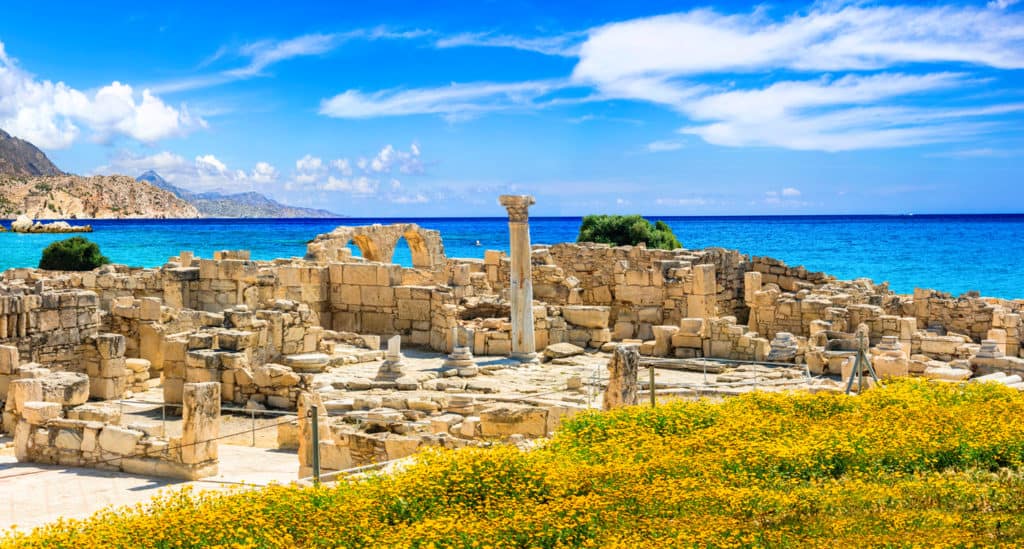
Explore Ancient Kourion
The history of Cyprus is as rich as any in the Mediterranean. In fact, your travels will be a tussle between seeing ancient sites and indulging in all the natural beauty the island nation has to offer. However, at the top of your list should be the archaeological remains of Kourion.
The historic collection which includes theaters from the 2nd century BC, age-old villas and bathhouse and what’s left of the Roman Agora. At its height, Kourion was Cyprus’ most bustling city until it was razed to the ground in the 4th century because of a devastating earthquake.
You’ll find the old city in Limassol with the site open to visitors from 8.30am year-round (except for major holidays). As you enter, you’ll quickly be blown away by the spectacular sandstone ruins with the backdrop of the bright blue Mediterranean. The vast site will take some time to completely explore, especially the basilica where mosaics and old columns rest.
To explore Kourion at your own pace, but for expert commentary, purchase this self-guided tour.
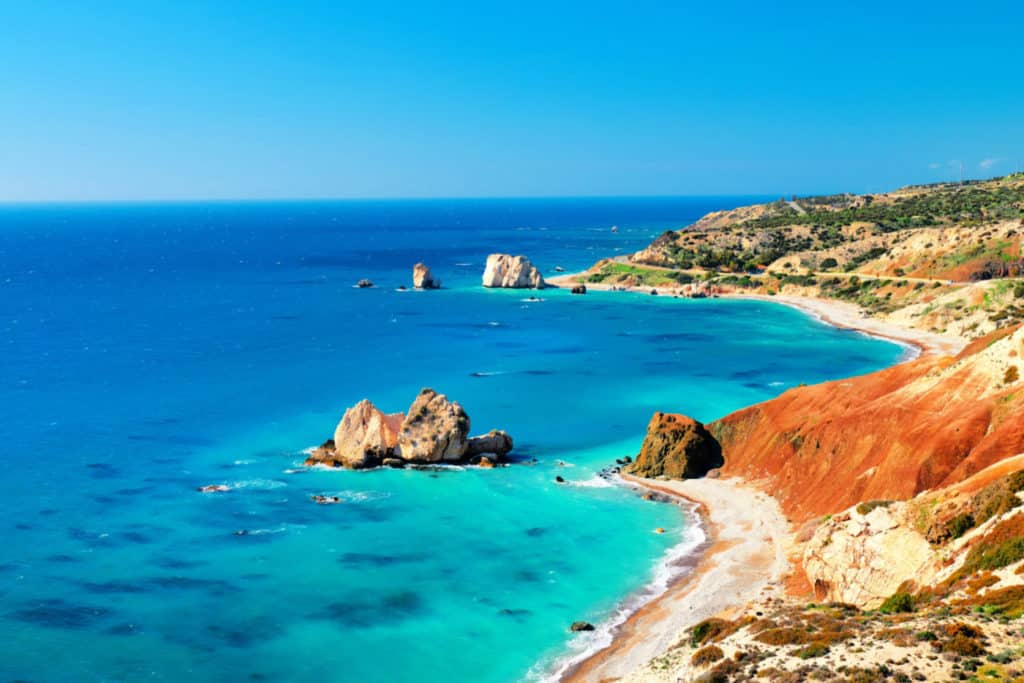
See Petra Tou Romiou
From a historic site to a natural and mythical one. Petra Tou Romiou reflects Cyprus storied past that is intricately linked to mythology that still permeates local culture today. In Paphos, Petra Tou Romiou is a towering sea stack otherwise known as Aphrodite’s Rock.
According to lore, it was here the Greek goddess of love and beauty, Aphrodite, was believed to have been born. The belief stems from the rock’s impressive stature and the sea swell that bubbles up around the edges. And that’s just one of the many stories connected to the sea stack.
But I digress. Mythology or not, Petra Tou Romiou is one to enjoy with your own two eyes with your camera at hand. The soaring sea stack may remind some of the rugged Oregon coast or a single apostle. Yet its ruggedness is met with a splash of green vegetation with lava rock switched for the shimmering limestone breccia. Add in some beautiful swimming along with an epic sunset and the stunning sight becomes even more memorable.
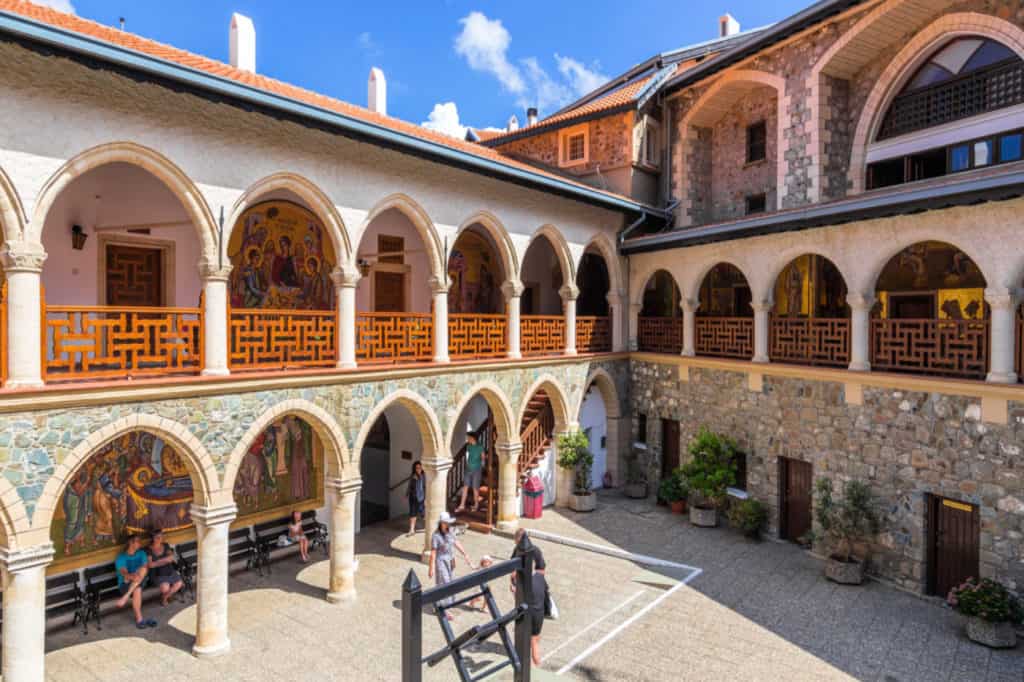
Visit the Kykkos Monastery
The monastery itself may not be that old, by Cyprus standards. But the stories the building can tell far outweigh its age. The original monastery stood on this site in the 11th century, having been built under Byzantine rule. But after being destroyed by unruly fire on multiple occasions, the one you see today is much more recent and importantly constructed with less wood.
But while the architecture is noteworthy, the real reason to visit is the monastery’s collection of relics and iconography. Fire may have brought an end to several iterations, but Kykkos’ incredible collection remained safe. Its range of artifacts include one of just three icons dedicated to Luke the Evangelist and the site’s famous mosaic icon of Virgin Mary. The latter of which is partly covered. This is because it’s believed anyone who sees the whole thing will be blinded.
Visiting the Kykkos Monastery is free, but the museum requires a small fee. Afterwards, take some time to explore the beautiful Troodos Mountains.
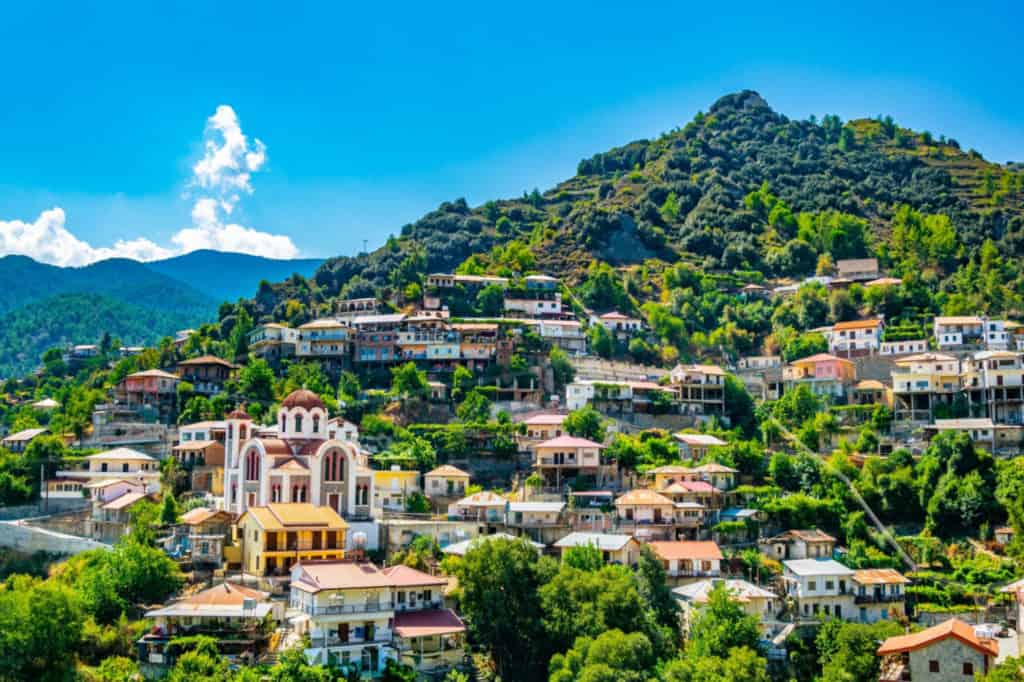
Explore the Troodos Mountains
Who doesn’t like a good segway? Spanning the middle of Cyprus, the Troodos Mountains bring some much needed elevation to your travels. If you come in the height of summer, you’ll need to find other ways to cool off that aren’t diving back into the Mediterranean Sea.
There are multiple aspects to the Troodos Mountains that will appeal to a wide range of travels. As a mountain range, you’ll be able to get your steps in along one of the several trails. You can also take the back roads and run the a/c in your car as you tick off all the magical viewpoints. Lastly, it forms a part of Cyprus’ wine region where some of the island’s best grapes grow.
For a short hike, make your way to the Caledonia Waterfalls on a 3-mile (4.9km) return trek. The trail begins in Pano Platres and runs up to the gorgeous water feature. For something more challenging, complete the 5.1 mile (8.2km) return hike to the summit of Mount Olympus!
To save on sweat, join a classic Jeep safari through the mountains visiting remote villages along the way. On this wine tour, indulge in local food and wine at a family winery.

Have a Day at Nissi Beach
Let’s just get this out of the way. You won’t find peace and quiet here. Nissi Beach is the most popular in Cyprus and beloved not for its space to spread out, but for bustling parties that are as vibrant as the mix of golden sand and turquoise sea.
You’ll find the beach in Ayia Napa, a part of Cyprus laden with exotic resorts and party-happy guests. The crescent beach lies a short walk from town and rivals anything you’ll find in Southern France or along the Adriatic Coast. It’s one of those beaches that all you need is your swimsuit, towel and wallet. You’ll find everything you need from beachfront eats and cocktails to water sports while barely having to lift a finger.
The scene can be a little overwhelming. But if you’re traveling with your mates, then spending a day trading the fine white sand with the blue sea while knocking back colorful drinks with DJ tunes thumping will be one for the books.
If the tide is out while you’re kicking back on Nissi Beach, then take the time to walk out to Nissi Isle, a speck of land just off the coast.
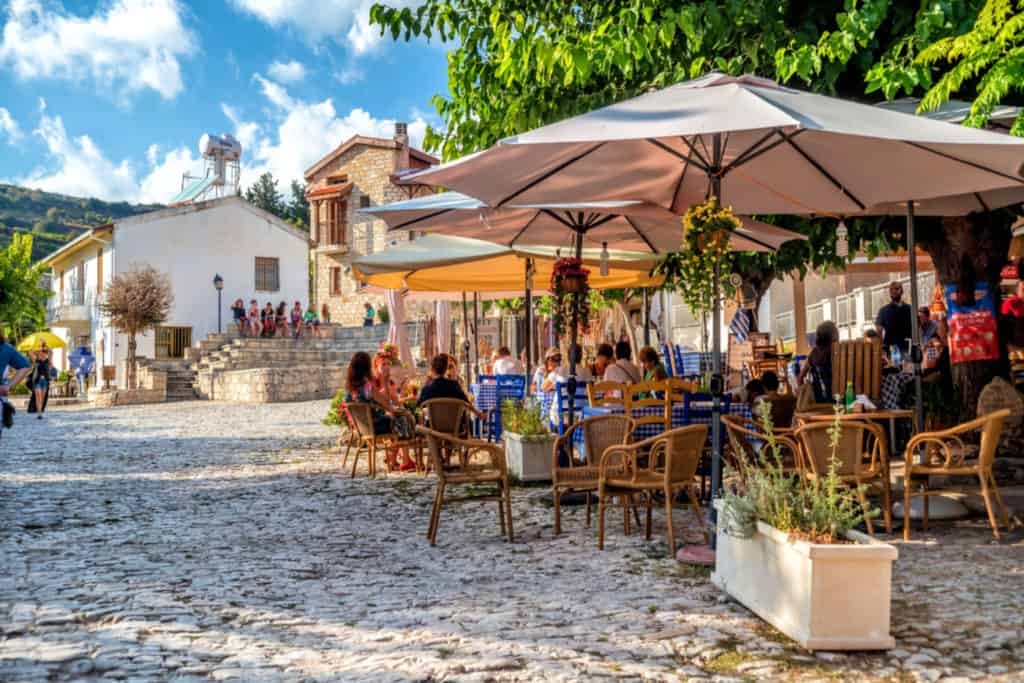
Wander Through Traditional Omodos
The major cities in Cyprus, such as Limassol, Paphos and Nicosia, will be well represented in your itinerary. But before you’re too deep in planning to back out, make sure to add in some time to wander through the traditional village of Omodos.
You may visit this beguiling and utterly charming town on one of your adventures in the Troodos Mountains. But if you don’t, then make a beeline for its pleasant cobblestone streets that shares the same colors as the surrounding buildings.
Omodos is known for its fantastic wineries, including Ktima Gerolemo and Oenou Yi. The town is even home to a winepress that is over 500 years old. But after sampling some of the local tipple, continue down the historic streets. Along the way you’ll find the Monastery of the Holy Cross, an eclectic collection of bakeries, boutiques and craft stores. All of which are in stone built structures.
Other small and beautiful villages to keep an eye out for include Pissouri and Pelendri.
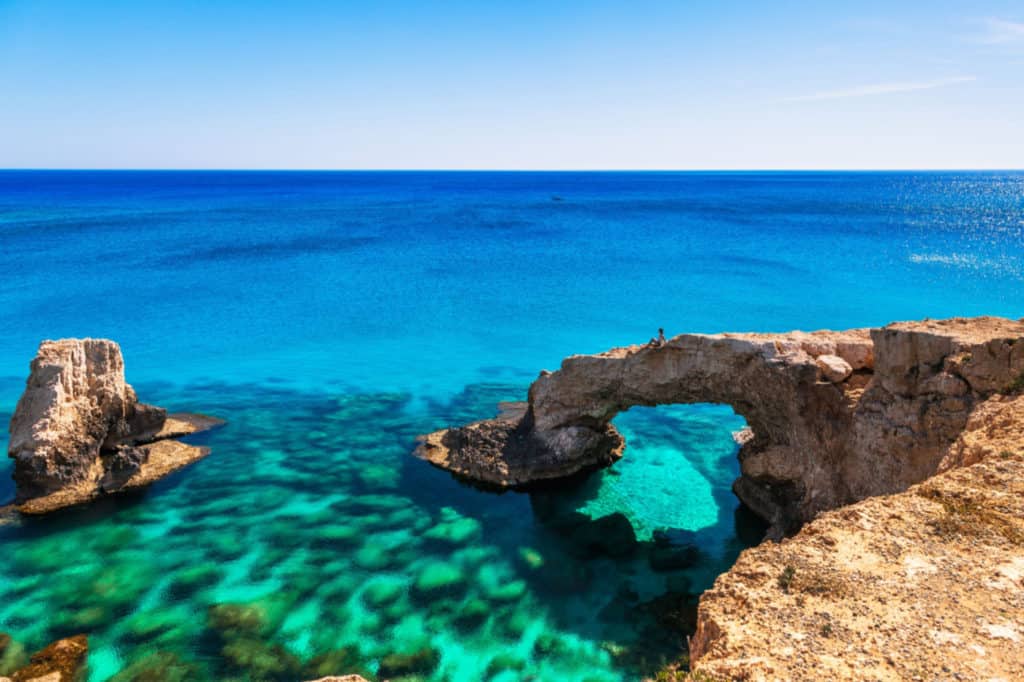
Visit the Breathtaking Cape Greco
Within the protective boundaries of a national park, Cape Greco is an utterly spellbinding site. Here the limestone breccia rises out of the Mediterranean like a honeycomb, having been shaped by the constant movement of the sea.
Cape Greco may not be laden with white sand beaches. In fact, there’s really no place to lay down the towel and get comfortable. With that said, if you want a day by the Med, then this is still one of the top places to go.
The stunning clarity of the water does everything but beg you to dive in. There are several access points where the 90-degree cliff softens and creates a natural ramp. But one of the most memorable things to do in Cyprus is to cliff jump off Cape Greco into the baby blue sea. After plunging into the balmy waters, keep an eye out for the Ayia Napa Sea Monster. Unlike other mythical sea creatures, this local legend is as friendly as the come.
With multiple dives complete, set out along the Aphrodite’s Trail that guides you all the way to Petra Tou Romiou.
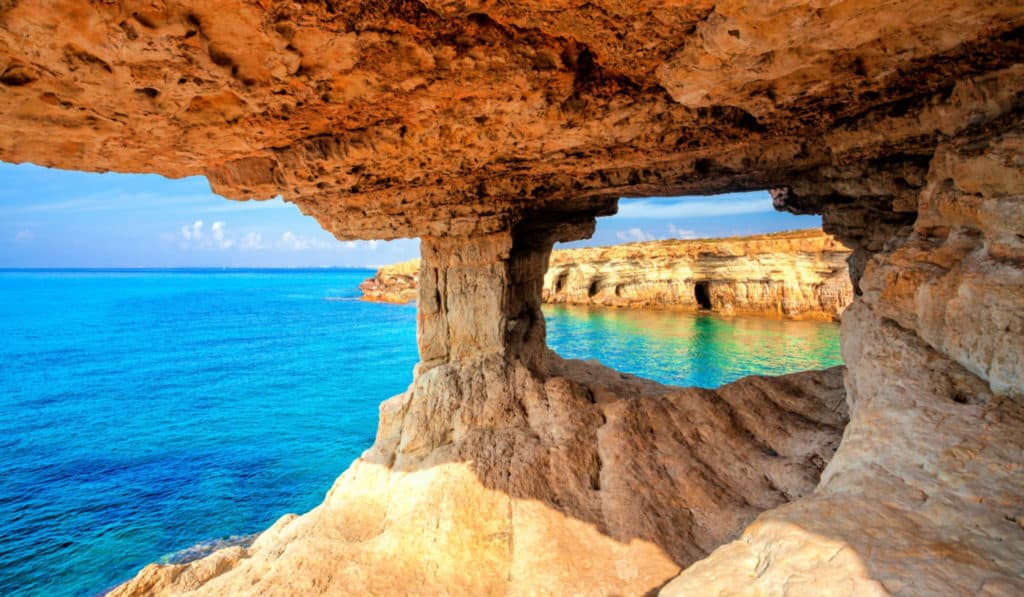
Kick Back in a Sea Cave
The town of Ayia Napa is spread along Cyprus’ spectacular southeast coast. Much of that coastline forms a part of the Cape Greco National Park. You may have spent an afternoon jumping off the cape into the translucent sea, but with some help you’ll be able to take things a step further.
Beneath the cliffs are sea caves where pirates and robbers once hid to escape the arm of the law. Who knows, you may even stumble upon some long-lost treasure. If not, you’ll still be happy you joined this sea cave tour that takes you through the national park on a Jeep before delivering you to the spectacular cave.
Across 4.5 hours, your guide will take you through forgotten sections of the park where you’ll uncover remote churches and walking across natural bridges before diving into the water. Once you’re within one of the famous sea caves, it’ll be like you’re within a telescope with the edges of the cave, making the views even more poignant.
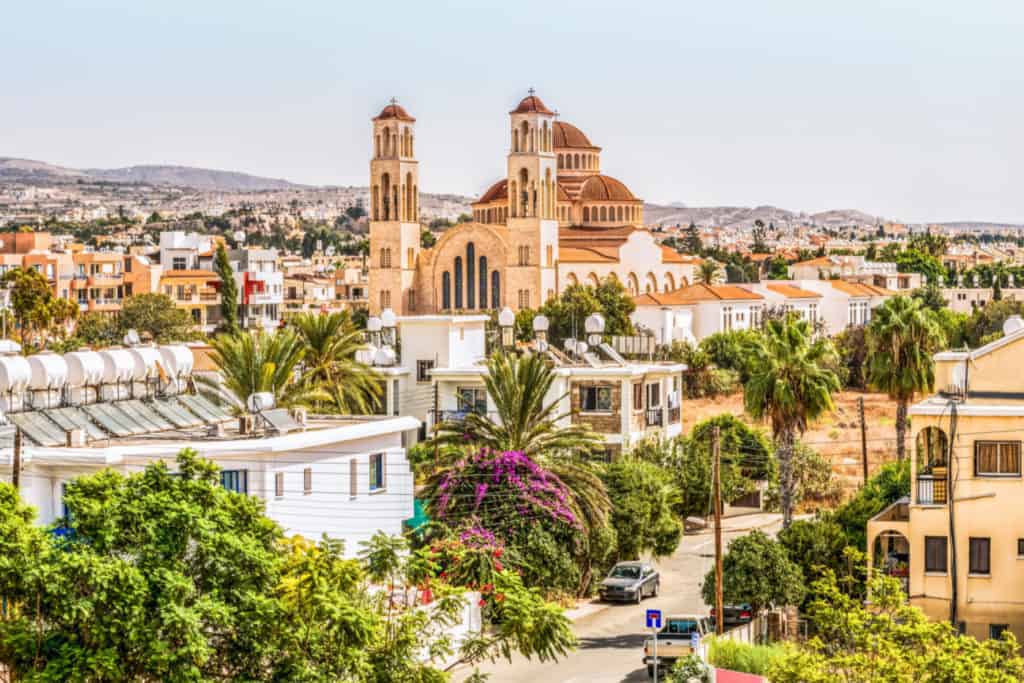
Get Lost in Paphos
Paphos in an ancient Cypriot port city and one that has lost none of its grandeur in the centuries since. The city streets have an aura of timelessness, where romance floats through the air and mythology still holds sway. The backstreets take you to subterranean tombs, ancient bathhouses and Byzantine monasteries.
You’ll find Paphos on the Cyprus’ southwestern coast. For all its history, it has also kept up with the times. Today, Paphos forms an opulent bridge between the past and the future. So to see it all, travelers will need to split their time between the Old Paphos and the city’s modern harborfront.
But let’s start with its history. In 2017, Paphos was awarded the European Capital of Culture. This was mostly due to its significant archaeological sites that include the Tomb of Kings, the Paphos Castle and the Villa of Theseus.
On the harbor you’ll find a palm-fringed sea backed by seafood restaurants and waterfront bars. Kick back with your traveling crew and enjoy a spot of luxury with a glass of Commmandaria (the wine of kings) in hand.
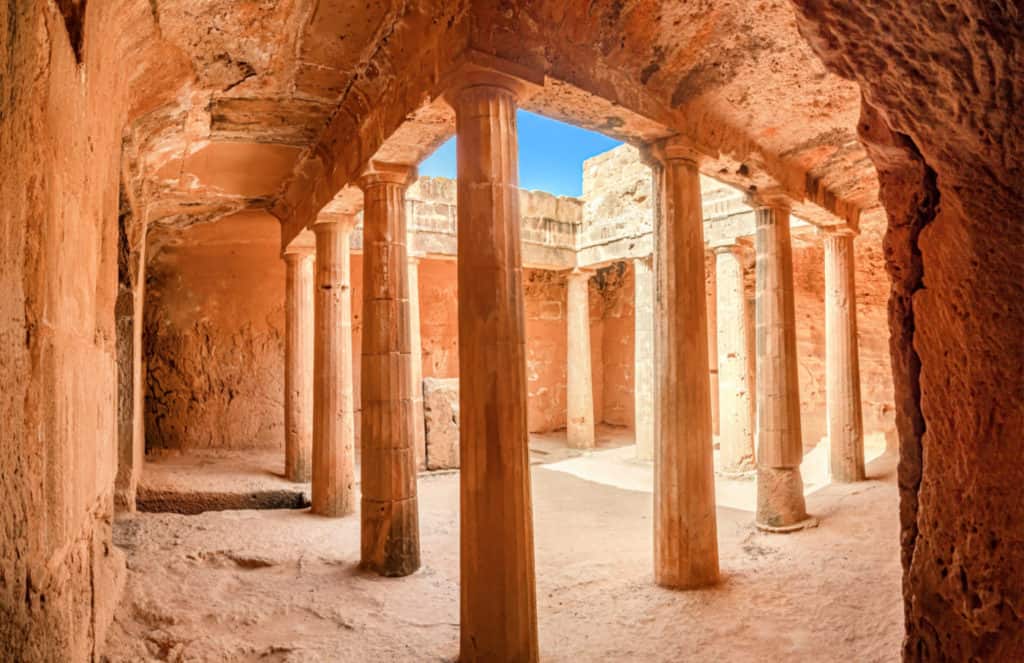
Walk Into the Tomb of Kings
The UNESCO World Heritage Site, the Tomb of Kings, lies in Paphos and is a must see on your visit to the coastal city. This attraction is fascinating for its intricate structure and designs, with the tombs themselves carved into the rock.
Despite its name, the Tomb of Kings wasn’t the final resting place for the nation’s royalty. Instead, it was a necropolis for some of the island’s most powerful and well-connected residents from as early as the 4th century BC.
Visitors can venture into the incredible maze of tombs that were only discovered in the 20th century. As you get used to the eerie vibe within the tombs, you’ll be able to appreciate the frescoed walls and Doric columns that once provided for a reverent burial site.
By studying the clay pots that lay among the tombs, experts have been able to establish a chronology of some burials, providing an extra layer of fascinating insight into the experience.
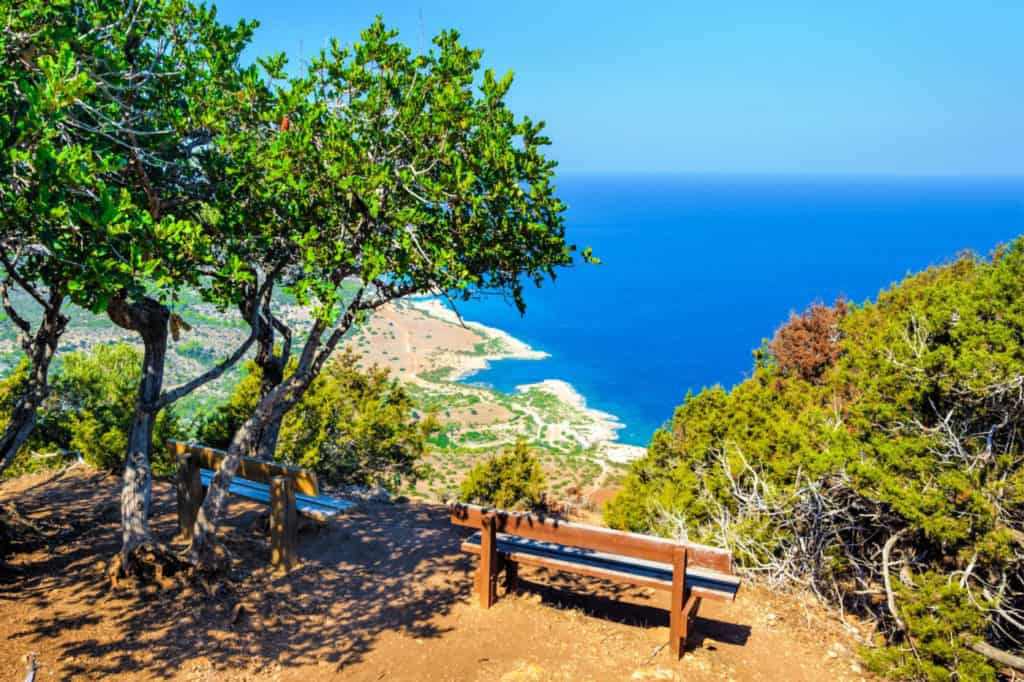
Explore the Akamas Peninsula
Just above Paphos on Cyprus’ northwestern coast is the Akamas Peninsula. Its bookends are the charming towns of Pegeia and Polis. Between them is a mountainous region with few developments and no roads through the center. Anyone willing to go a little out of their way will be rewarded with one of the most tranquil regions in Cyprus.
Access points to the Akamas Peninsula may be few and far between, but that doesn’t mean there is a lack of things to do. Among the pristine coastal brush are sanctuaries, epic lagoons and, of course, historic sites.
One spot to visit is the Baths of Aphrodite, where the goddess herself once cleansed. A public bus can take you within a 5-minute walk of the baths, with a stunning viewpoint along the trail.
From the Baths of Aphrodite, take the coastal trail down to Blue Lagoon on a scenic 3.2-mile (5.2km) hike. This will bring you to one of the best snorkel and dive spots in Cyprus. Another attraction to add to the list is the Lara Bay Turtle Conservation, a vital nesting ground for loggerhead turtles.
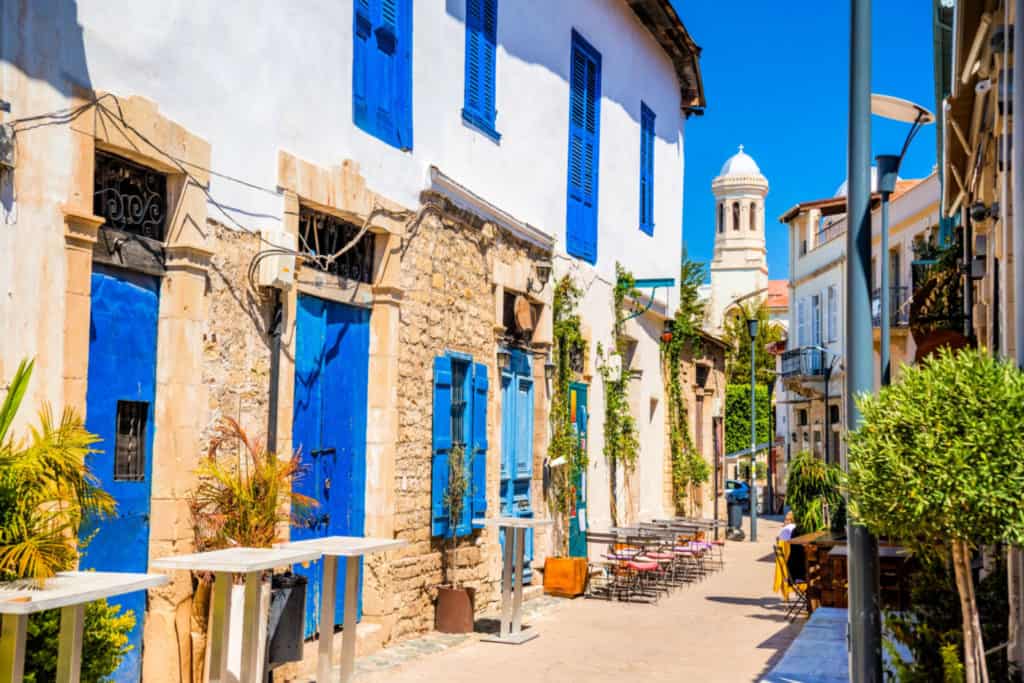
Check Out the City of Limassol
One of the most popular destinations in Cyprus, Limassol is where you should go for great eats, festivals and thrilling nightlife. Known as Lemesos in Greek, Limassol is home to the island nation’s busiest harbor and is close to the ancient city of Kourion.
Its modern culture may be what draws you in initially, but like the rest of Cyprus, Limassol has its own interesting history. It was here that Richard the Lionheart stopped by Limassol to take control of Cyprus from the infamous Isaac Komnenos. The Knights of St. John would lake take control under Limassol fell into disrepair after several raids in the 1800s.
A burgeoning wine industry brought the city back to prominence in the last few decades and now it’s the second biggest city in Cyprus. Sights to see while in town include the Kolossi Castle. Built in the 15th century, the castle was the base of the Knights of St. John. There is also the Limassol Castle where you’ll find the insightful Byzantine and Medieval Museum, housing Cyprus’ most thorough repository from this era.
For the young, and young at heart, Limassol has long been a popular nightlife spot. Now travelers are catching on to what the locals have always known. After a day of history, kick back at the many local bars or take things up a notch with an evening at the rowdy Guaba Beach Bar.
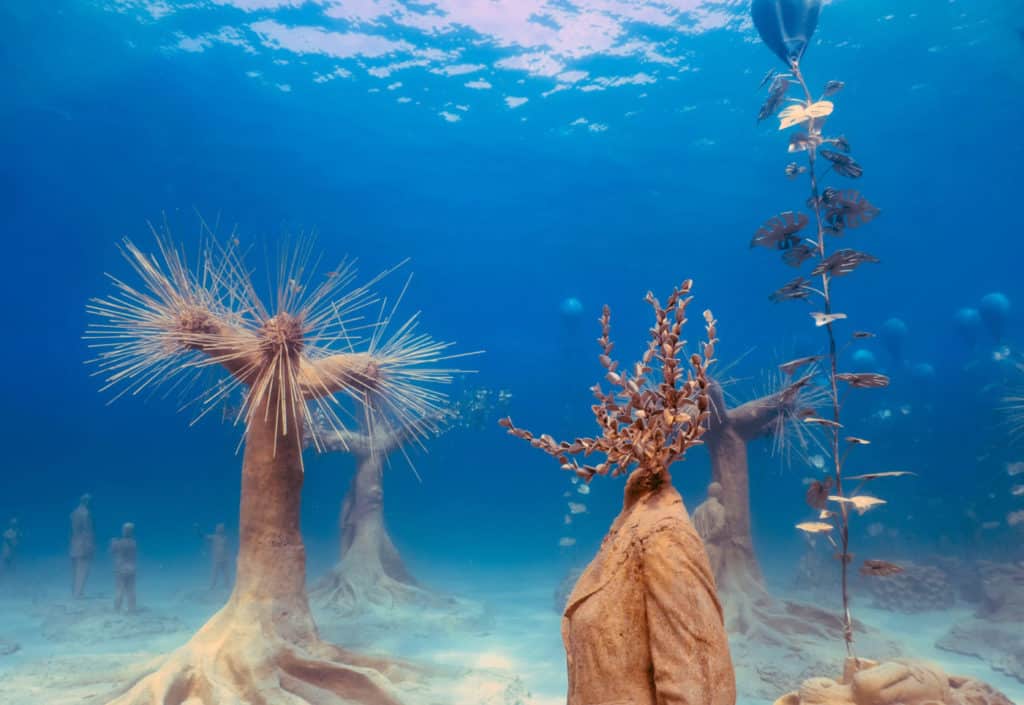
Go SCUBA Diving
From late spring and into the fall, the Mediterranean Sea around Cyprus has the balmy temperatures that divers dream about. Because of this, the local diving season is longer than what you’ll find in other nearby regions. Add on some amazing visibility and calm seas, and it’s easy to see why Cyprus is a celebrated diving destination.
We’ve touched on Blue Lagoon, but there’s far more to Cyprus’ underwater world than that singular spot. In each part of the island, there are dive sites that have something distinct to offer, whether that is an experience perfect for beginners or shipwrecks that will have your jaw dropping to the bottom of the ocean.
For first time divers, you can get acquainted with the sport just out of Paphos. Here, you’ll have access to the White River. The site has everything you need for your first dive, including calm conditions and a packed world of canyons, turtles and fish without having to venture far offshore.
To see shipwrecks, join a dive of Larnaca Harbour. It was there in 1980 that RS Zenobia met its end and is now spread over 580 feet (176m) across the sea floor. Another memorable site is George’s Wall in the Akamas Marine Reserve. Great for all experience levels, the wall has amazing visibility and rich marine life.
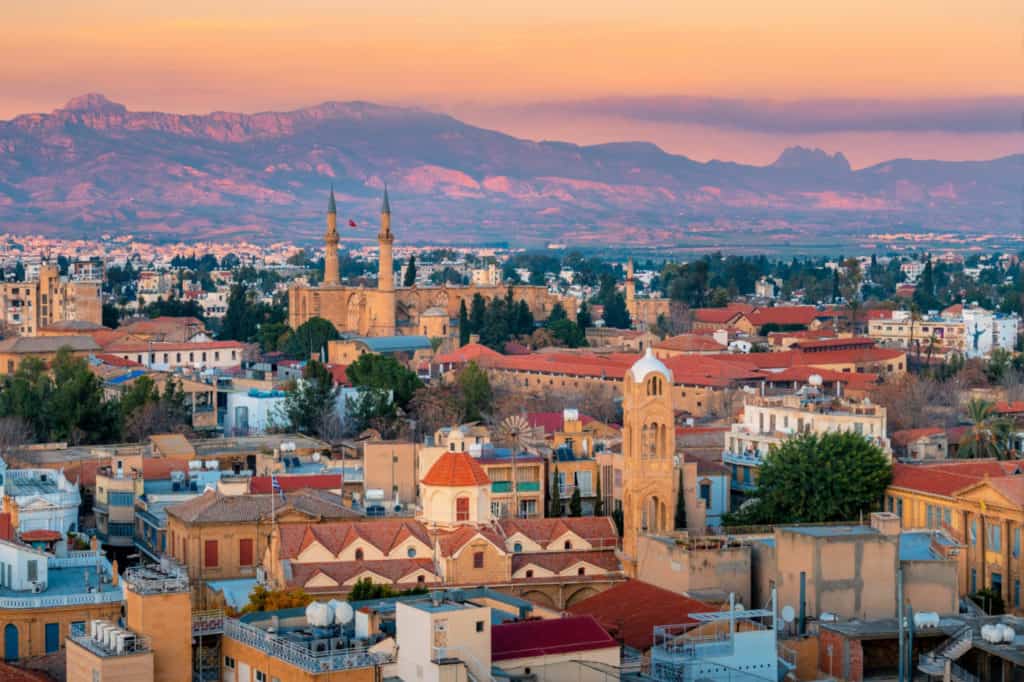
See the World’s Last Divided City
One aspect of life in Cyprus we have yet to mention is the island’s division between Greece and Turkey. The border which cuts through the capital city of Nicosia is the last of its kind on earth. The strictness of the border ebbs and flows based on local and international tension with the Turkish Republic of Northern Cyprus only recognized by Turkey itself.
It adds a fascinating layer to an already beguiling city. For travelers, the only affect is having to keep your passport handy as you roam the city. The border itself only increases the sense of adventure.
Nicosia is the most populous city in Cyprus with a vibrant dining and cafe scene. In many ways, it’s a modern city that exists within the ramparts developed by Venetians in the 16th century. Ironically, to prepare for a Turkish invasion.
It’s fairly easy to switch between the city’s north and south sections to see all the highlights. This can be done at any of the three official checkpoints. Top attractions in Nicosia include wonderful Cyprus Museum with relics from the Stone Age along with the Archbishop’s Palace and the startling minarets of Selimiye Camii.
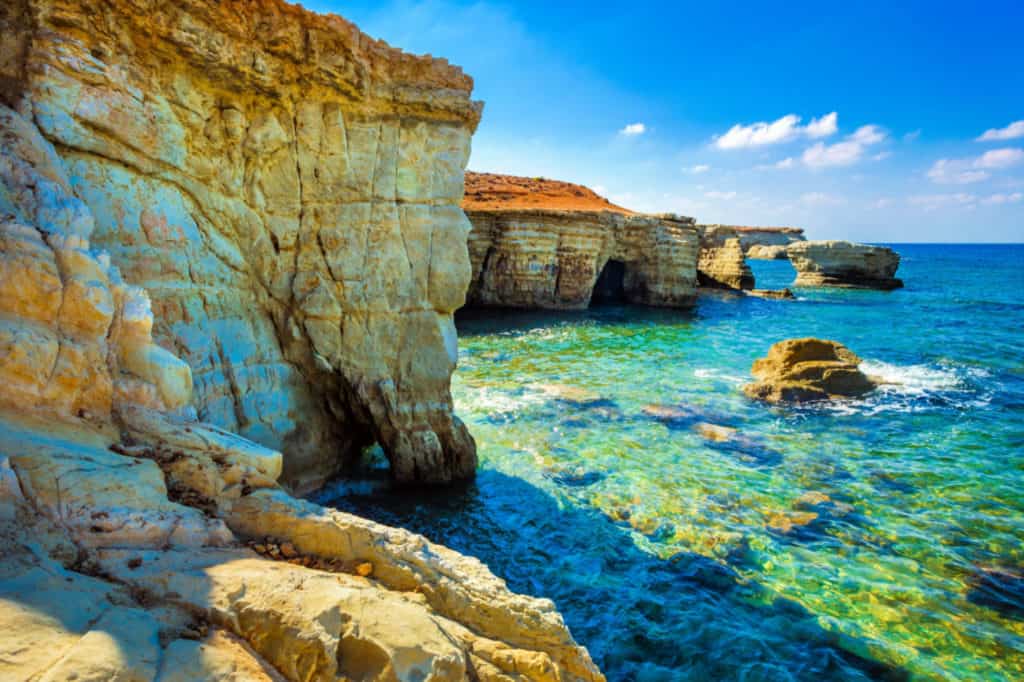
Go Chill in Coral Bay
There’s no shortage of spectacular beaches in Cyprus. In fact, many of them have been awarded with the coveted Blue Flag certification. In addition to the ever-popular Nessi Beach, Coral Bay is another must-visit for a day of sun and sand.
With cliffs on either end, Coral Bay is a relaxing destination protected from swirling currents and large swell. The golden sand stretches into the distance in either direction, allowing enough space for all guests to spread out, even on the busiest of days.
Beachgoers will enjoy everything that’s good about Cyprus beaches: balmy water, amazing visibility and gorgeous views. The latter was helped by Coral Bay’s lack of surrounding development.
Such is the peace of Coral Bay, you’d be forgiven for kicking back and watching the world go by. But if you’re up for some action, there are water sports you can try from inflatable banana rides to jet skiing and paragliding. You’ll also find beach massages along with umbrellas to laze under.
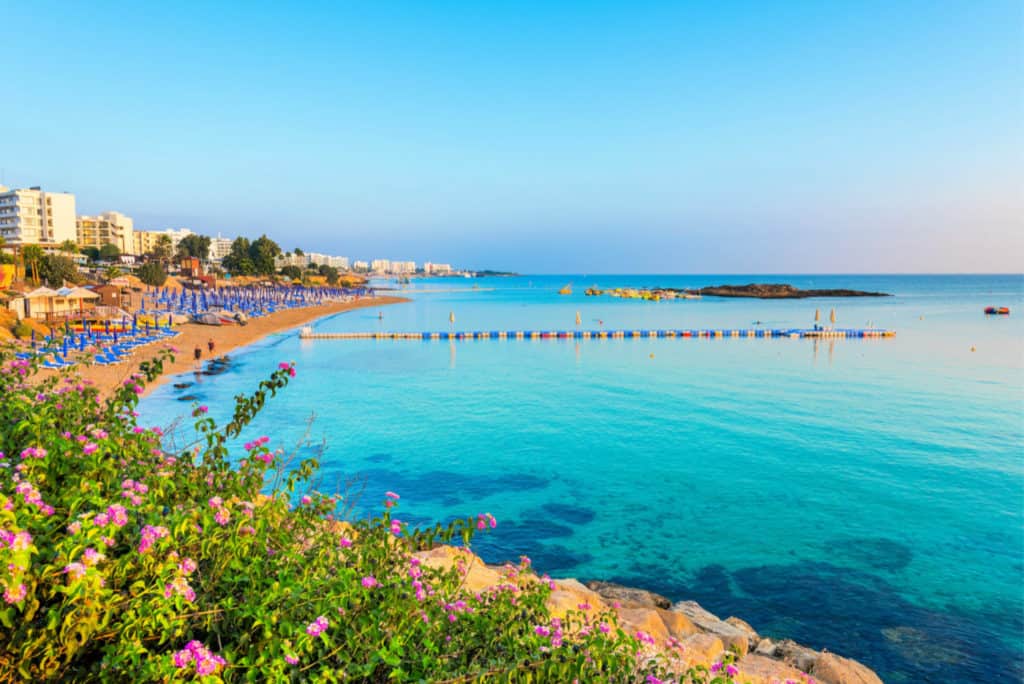
Follow Up with Fig Tree Bay
In the resort town of Protaras, Fig Tree Bay was once rated as the third best beach in all of Europe. From the local car park, you’ll have but a short walk to the beach, which spans left and right for 1,640 feet (500m).
Named after the fig trees that line the local coast, the bay has dead still and shallow water. This has helped make Fig Tree Bay popular among traveling families who can make use of the relaxing swimming conditions with lifeguards looking on from April to October.
From your spot on the snow-white sand, you’ll see the turquoise water grow darker the further out it goes. Just off shore there is an islet that you can swim to and jump off and beyond you’ll spot jet-skis and parasailors making the most of the stunningly beautiful locale.
After your day on the sand, explore the resort town that’s also home to the Church of Profitas Elias.

Experience Cyprus’ culinary excellence
Wherever you find exotic beaches, you’ll often find resorts and youthful party destinations. By its very nature, these tourist hot spots can attract inauthentic local food or nothing but international eats. For this reason, as gorgeous as towns like Ayia Napa and Protaras are, to experience real Cypriot food, you’re going to have to venture off the beaten path.
Cyprus has been held by many nations and orders of knights. It’s cuisine can be a little harder to define such is the Arabic, Greek, Turkish and Italian influence. But one thing is for certain, Cypriot food is more rustic and simple than in nearby Greece.
As you make your way around Cyprus, experience all the wonderful nation has to offer, keep your eyes out for some of these authentic dishes:
For those traveling with friends and family, keep an eye out for meze. This is a tasting plate that comes with as much as two dozen dishes that will help give you the lay of the land. Then there’s lountza, a local version of bacon, that involves soaking pork tenderloin in red wine and coriander seeds. Yum!
Last is halloumi. After all is the most famous Cypriot culinary creation. Halloumi is made of a mix of sheep and goat’s milk locals love alongside watermelon or figs in the heart of summer.
When in Nicosia, join this traditional food tour to combine cultural lessons with the best local food within the walled city.
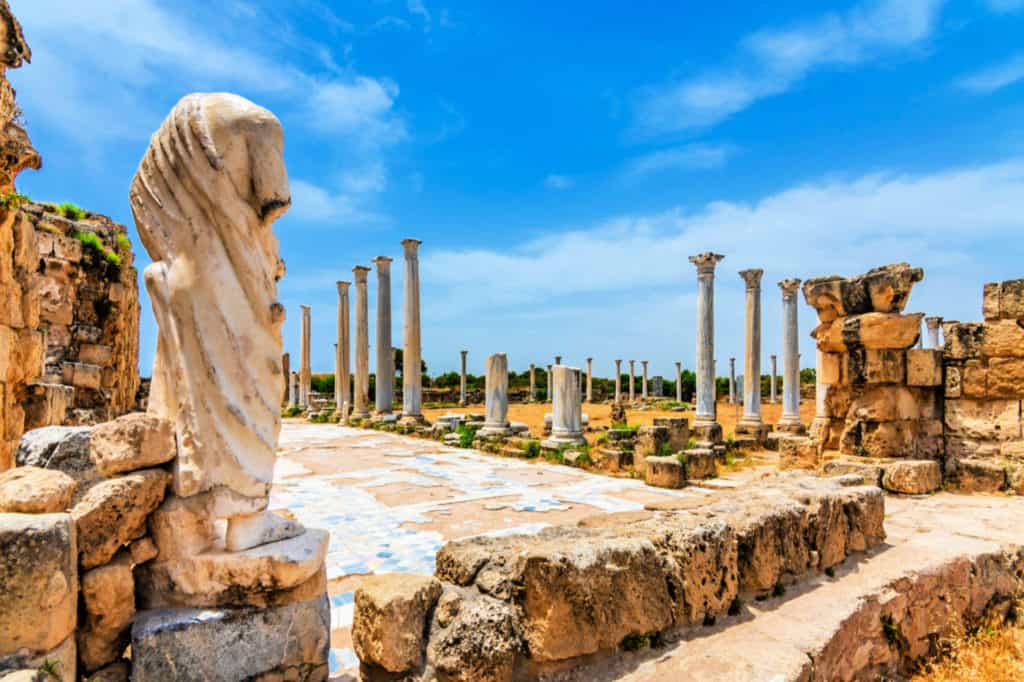
See Ancient Salamis
The story of Salamis begins in 1180 BC when Tuecer failed to avenge his brother’s death in the Trojan War. It wasn’t for another seven centuries that Salamis began to flourish under Persian rule. During this period, it became an epicenter of philosophy and literature, as evidenced by the arrival of prominent Greek philosophers.
Later, under Roman rule, Salamis developed many of the historic sights that you’ll see on your visit. These include the Roman and Hellenistic baths that were ahead of their time, complete with a subterranean heating system. Although laying in ruins, it’s easy to imagine this opulent location at its zenith.
Further along is the Salamis theater from around the time of the birth of Christ. Before being destroyed by earthquakes it could hold up to 15,000 strong crowd. Today, it’s been somewhat restored and is home to the odd community event. Salamis also features the ghosts of two amazing basilicas. Kambanopetra dates to the 4th century and her towering columns are most of what remain, backed by the gleaming Mediterranean Sea.
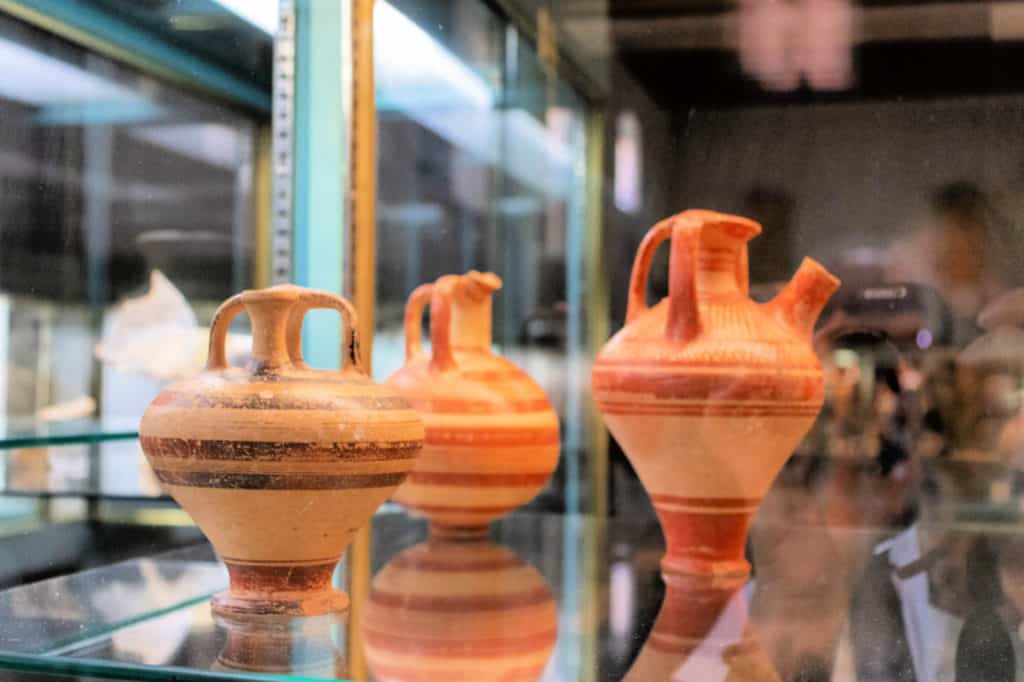
Explore the Cyprus Museum
In Nicosia, the Cyprus Museum helps to complete the nation’s story. The dozens of entrancing archaeological sites around the island may provide stunning individual detail and information, but the museum gathers it all into one carefully curated location.
In Cyprus’ oldest and largest archaeological museum, you can venture way back to the Neolithic Age. Using artifacts discovered in the many historic sites, you’ll embark on a fascinating journey through the eras that includes the advancement of technology and the swath of rulers that once led Cyprus.
Each hall is stationed in chronological order, first taking you to from the earliest discoveries into the Bronze Age. Here, you can see the evolution of pottery and Cyprus’ rich ceramic heritage deep into the Roman Period. Exhibits include embellished vases along with small statues and figurines that show exceptional talent.
Afterwards, you can check out ancient currency and the recreation of tombs that include grave monuments and sarcophagi. End with more sculptures and period furniture discovered in when Salamis was excavated in 1974.
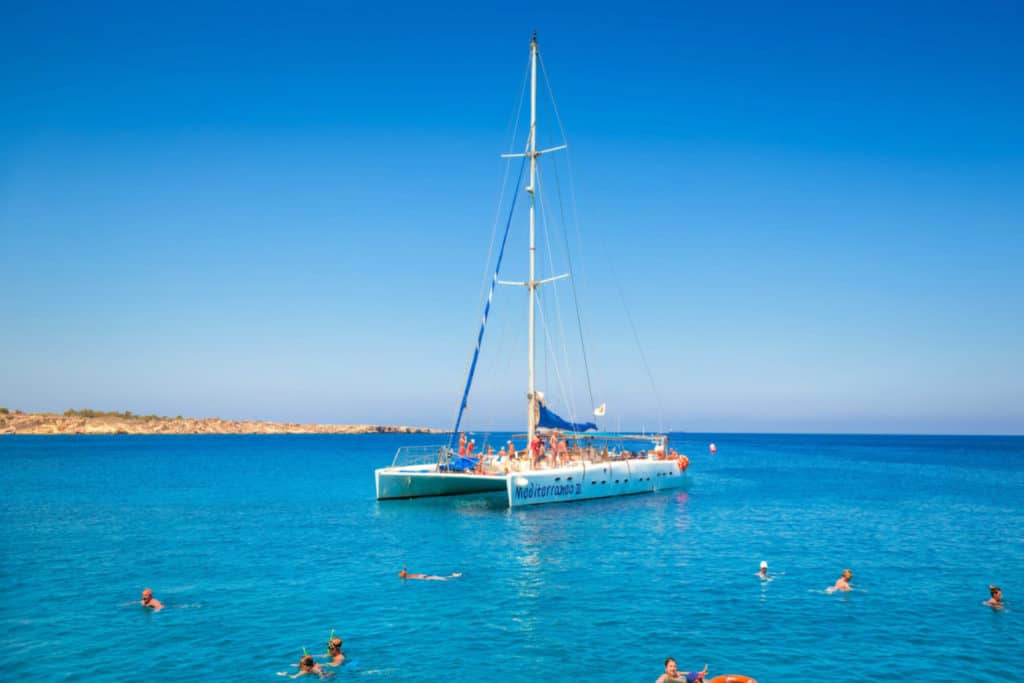
Go for a Sail
You can explore a lot of Cyprus’ spectacular coastline on foot and see it from the relaxing sea. But it will be hard to top sitting on the starboard side of a catamaran with your feet dangling off the side as you and your catamaran make its way along the island’s eastern coast.
This 6-hour catamaran cruise begins with a hotel pickup. Soon the sails will be raised and you’ll begin cruising along the picturesque coastline, making several memorable stops along the way. Swing by Konnos Bay, complete with its own sea caves along with Blue Lagoon as you traverse the length of Cape Greco. Stop in the best swim spots to enjoy the crystal clear water before jumping back on board for a hearty buffet lunch, complete with an open bar.
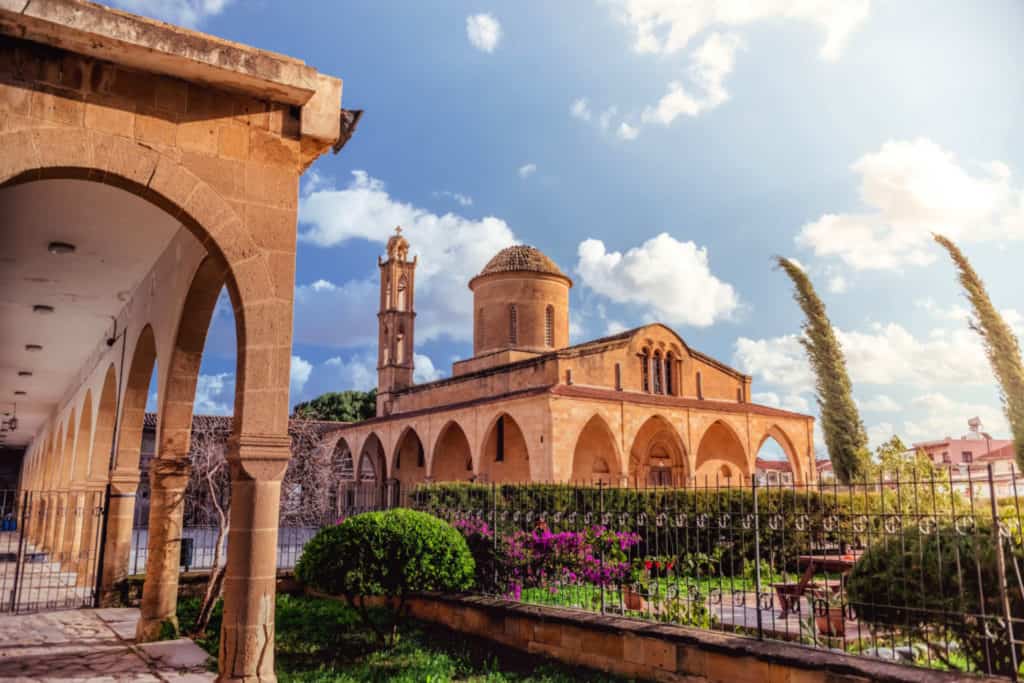
Wander Agios Mamas in Morphou
One of my favourite monasteries in Cyprus is in the small town of Morphou, in the Turkish part of the country.
The beautiful building is dedicated to Saint Mamas: the patron saint of both animals and, um, tax evasion. Built in the 18th century, the monastery is home to the remains of Mamas, which are stored within a marble tomb. Locals will tell you that witnessing the sarcophagus will help cure many ailments and maladies.

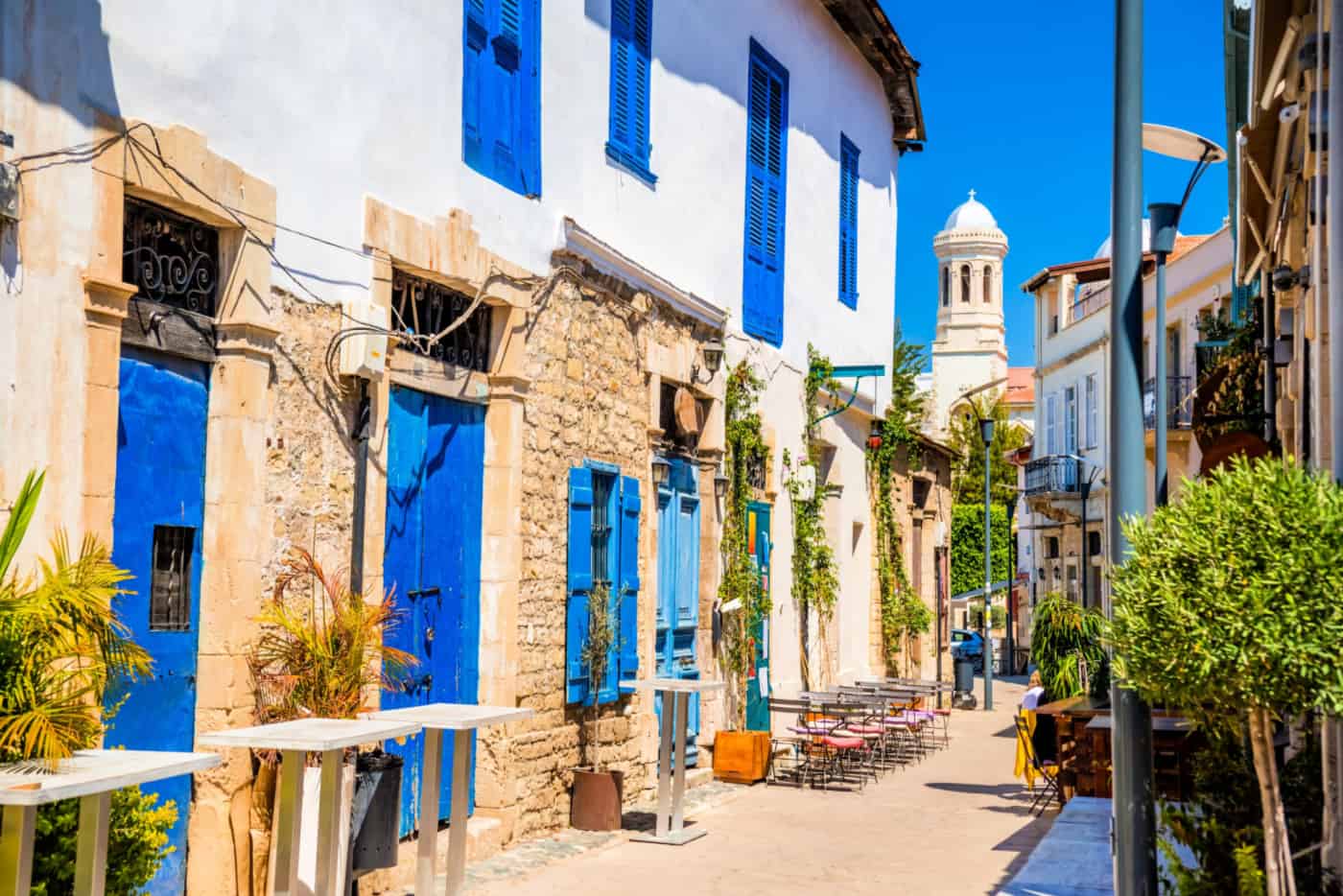



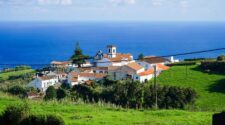
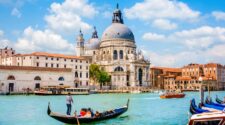

No Comment